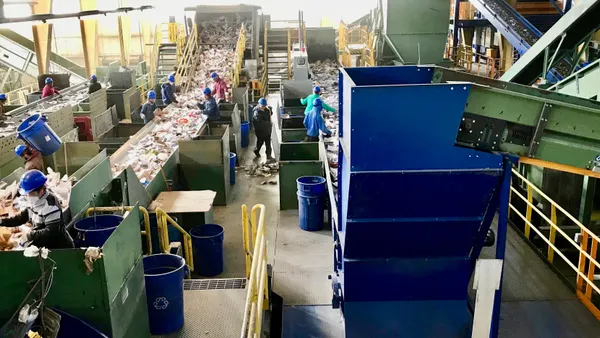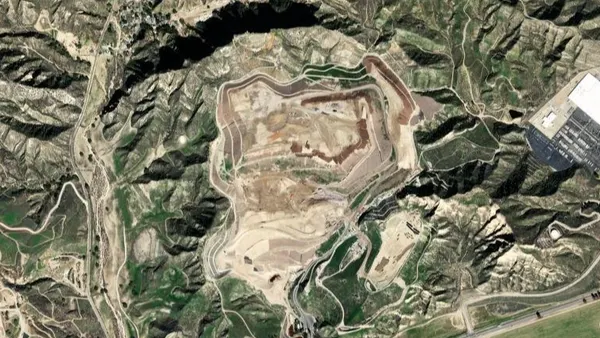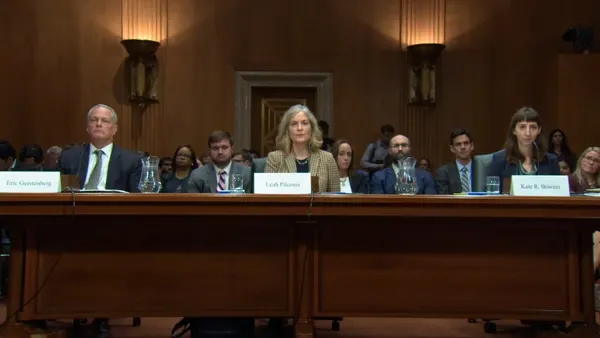Dive Brief:
- The Minnesota Pollution Control Agency's (MPCA) efforts to enforce a state law which emphasizes waste-to-energy (WTE) facilities over landfills in the disposal hierarchy is causing a lot of consternation in the Twin Cities market, as reported by the Star Tribune.
- According to the MPCA, WTE facilities in the Twin Cities metro area had enough capacity to handle about 14% of the waste that went to landfills in 2016. Great River Energy, a not-for-profit cooperative energy company, said its facility in Elk River ran around 80% capacity last year.
- Waste Management has been one of the biggest opponents of this plan and has previously tried to block it in court. If the law is fully enforced Waste Management could lose nearly 30% of its business at a landfill near Great River's Elk River facility.
Dive Insight:
Aside from the potential loss of business at their landfills, waste companies have raised the issue of some regional WTE facilities having higher tipping fees. While certain counties provide subsidies to help offset these costs, that isn't the case for the Elk River facility. Some companies have also expressed confusion about how this would be enforced and whether they would be expected to potentially turn people away from their landfills.
Action from the state legislature could be required, though MPCA officials disagree and say the proximity between landfills and WTE facilities would make it easy for trucks to be redirected as needed. Great River will soon have a larger stake in the local WTE market after winning a contract to operate the Hennepin Energy Recovery Center in Minneapolis over Covanta.
The Environmental Protection Agency and some cities also place WTE above landfills on their solid waste hierarchies though this type of enforcement is less common. Unlike the usual WTE debates driven by activists over whether the technology should be part of sustainable materials management policy, this one gets to the heart of industry economics. As long as landfill tip fees remain relatively low it will be harder to make the business case for using any other method.











